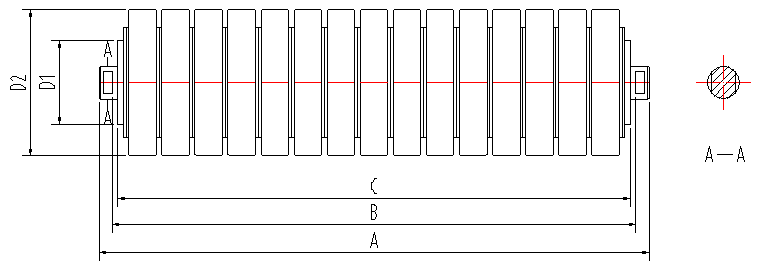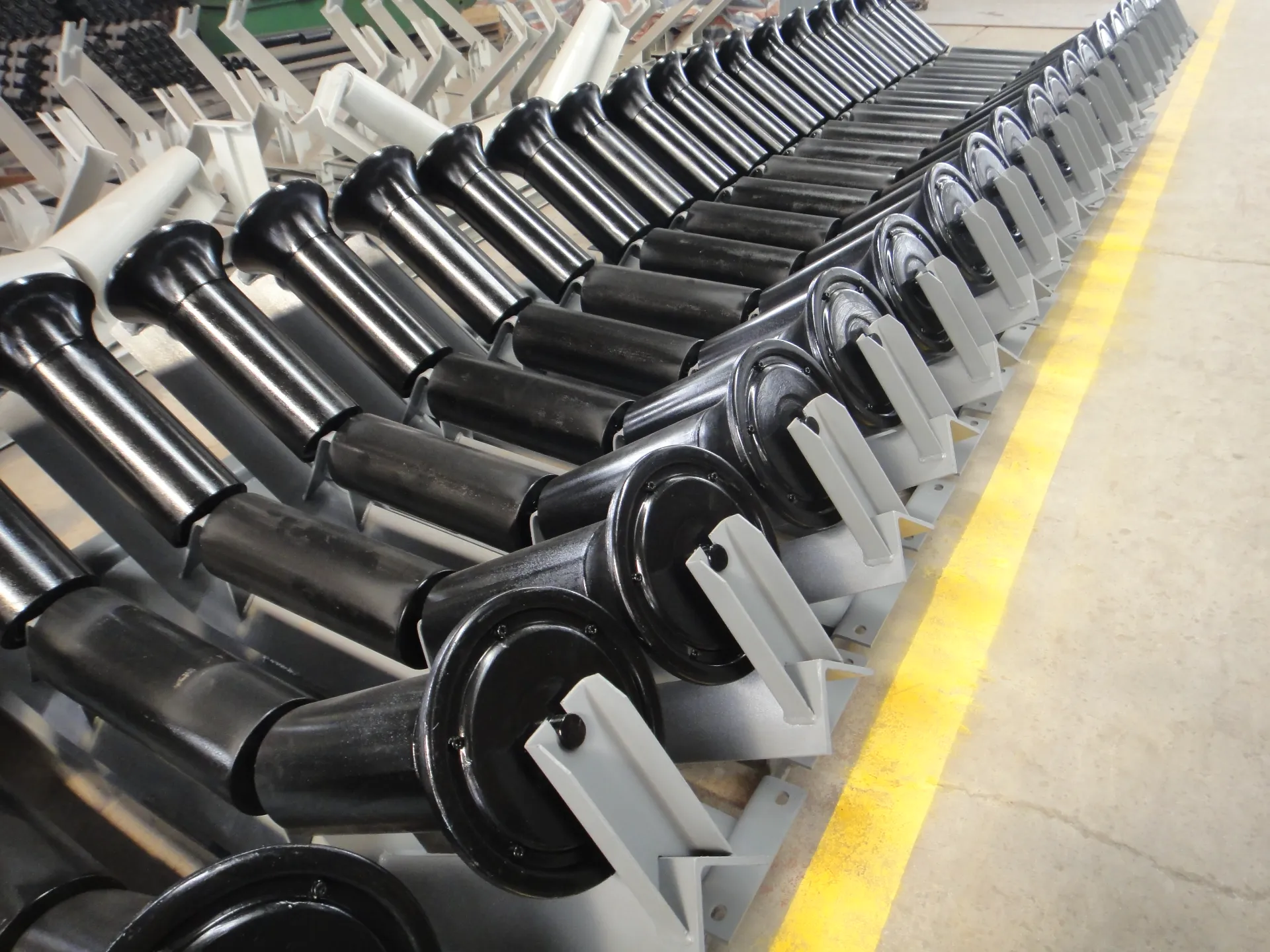 Afrikaans
Afrikaans  Albanian
Albanian  Amharic
Amharic  Arabic
Arabic  Armenian
Armenian  Azerbaijani
Azerbaijani  Basque
Basque  Belarusian
Belarusian  Bengali
Bengali  Bosnian
Bosnian  Bulgarian
Bulgarian  Catalan
Catalan  Cebuano
Cebuano  Corsican
Corsican  Croatian
Croatian  Czech
Czech  Danish
Danish  Dutch
Dutch  English
English  Esperanto
Esperanto  Estonian
Estonian  Finnish
Finnish  French
French  Frisian
Frisian  Galician
Galician  Georgian
Georgian  German
German  Greek
Greek  Gujarati
Gujarati  Haitian Creole
Haitian Creole  hausa
hausa  hawaiian
hawaiian  Hebrew
Hebrew  Hindi
Hindi  Miao
Miao  Hungarian
Hungarian  Icelandic
Icelandic  igbo
igbo  Indonesian
Indonesian  irish
irish  Italian
Italian  Japanese
Japanese  Javanese
Javanese  Kannada
Kannada  kazakh
kazakh  Khmer
Khmer  Rwandese
Rwandese  Korean
Korean  Kurdish
Kurdish  Kyrgyz
Kyrgyz  Lao
Lao  Latin
Latin  Latvian
Latvian  Lithuanian
Lithuanian  Luxembourgish
Luxembourgish  Macedonian
Macedonian  Malgashi
Malgashi  Malay
Malay  Malayalam
Malayalam  Maltese
Maltese  Maori
Maori  Marathi
Marathi  Mongolian
Mongolian  Myanmar
Myanmar  Nepali
Nepali  Norwegian
Norwegian  Norwegian
Norwegian  Occitan
Occitan  Pashto
Pashto  Persian
Persian  Polish
Polish  Portuguese
Portuguese  Punjabi
Punjabi  Romanian
Romanian  Russian
Russian  Samoan
Samoan  Scottish Gaelic
Scottish Gaelic  Serbian
Serbian  Sesotho
Sesotho  Shona
Shona  Sindhi
Sindhi  Sinhala
Sinhala  Slovak
Slovak  Slovenian
Slovenian  Somali
Somali  Spanish
Spanish  Sundanese
Sundanese  Swahili
Swahili  Swedish
Swedish  Tagalog
Tagalog  Tajik
Tajik  Tamil
Tamil  Tatar
Tatar  Telugu
Telugu  Thai
Thai  Turkish
Turkish  Turkmen
Turkmen  Ukrainian
Ukrainian  Urdu
Urdu  Uighur
Uighur  Uzbek
Uzbek  Vietnamese
Vietnamese  Welsh
Welsh  Bantu
Bantu  Yiddish
Yiddish  Yoruba
Yoruba  Zulu
Zulu Jan . 23, 2025 05:12
Back to list
Guide Roller
Vertical roller technology has surged to the forefront of industrial advancements, becoming a pivotal component in industries such as cement and mining. Designed to serve heavy-duty operations, these machines are the epitome of modern engineering, marrying efficiency with reliability. Their ability to revolutionize material processing makes them indispensable.
Furthermore, vertical rollers have a versatile application range. They are adept at handling materials with varying moisture contents and hardness levels. This adaptability makes them suitable for a wide array of products beyond cement, including slag, coal, and industrial minerals. The ability to switch between products without extensive machine alterations speaks to their engineering excellence. To highlight the professional aspect, substantial research and development continue to enhance these machines' capabilities. Leading manufacturers invest heavily in R&D, aiming to improve the rollers' energy efficiency and grinding capabilities further. Current advancements show promising developments in AI integration, where smart rollers can auto-adjust their operations based on feed material properties, maximizing efficiency even more. For businesses intent on retaining a competitive edge, understanding the strategic advantage of deploying vertical roller technology is fundamental. Integrating these machines into operations is a sound investment that ensures long-term sustainability and quality improvement. Their contribution is increasingly recognized as pivotal, not merely auxiliary, in the production chain. In conclusion, the relevance of vertical rollers in modern industry cannot be overstated. They offer critical advantages in energy efficiency, precision, reliability, and adaptability. For those in manufacturing, particularly in sectors like cement and mining, embracing this technology is not just beneficial—it is essential. These machines are not just tools of the trade; they are the linchpin of production efficiency and product consistency. Pioneers in industries utilizing vertical roller technology are setting trends, ensuring they remain at the cutting edge of innovation and industry standards.


Furthermore, vertical rollers have a versatile application range. They are adept at handling materials with varying moisture contents and hardness levels. This adaptability makes them suitable for a wide array of products beyond cement, including slag, coal, and industrial minerals. The ability to switch between products without extensive machine alterations speaks to their engineering excellence. To highlight the professional aspect, substantial research and development continue to enhance these machines' capabilities. Leading manufacturers invest heavily in R&D, aiming to improve the rollers' energy efficiency and grinding capabilities further. Current advancements show promising developments in AI integration, where smart rollers can auto-adjust their operations based on feed material properties, maximizing efficiency even more. For businesses intent on retaining a competitive edge, understanding the strategic advantage of deploying vertical roller technology is fundamental. Integrating these machines into operations is a sound investment that ensures long-term sustainability and quality improvement. Their contribution is increasingly recognized as pivotal, not merely auxiliary, in the production chain. In conclusion, the relevance of vertical rollers in modern industry cannot be overstated. They offer critical advantages in energy efficiency, precision, reliability, and adaptability. For those in manufacturing, particularly in sectors like cement and mining, embracing this technology is not just beneficial—it is essential. These machines are not just tools of the trade; they are the linchpin of production efficiency and product consistency. Pioneers in industries utilizing vertical roller technology are setting trends, ensuring they remain at the cutting edge of innovation and industry standards.
Next:
Latest news
-
Revolutionizing Conveyor Reliability with Advanced Rubber Lagging PulleysNewsJul.22,2025
-
Powering Precision and Durability with Expert Manufacturers of Conveyor ComponentsNewsJul.22,2025
-
Optimizing Conveyor Systems with Advanced Conveyor AccessoriesNewsJul.22,2025
-
Maximize Conveyor Efficiency with Quality Conveyor Idler PulleysNewsJul.22,2025
-
Future-Proof Your Conveyor System with High-Performance Polyurethane RollerNewsJul.22,2025
-
Driving Efficiency Forward with Quality Idlers and RollersNewsJul.22,2025
OUR PRODUCTS





























